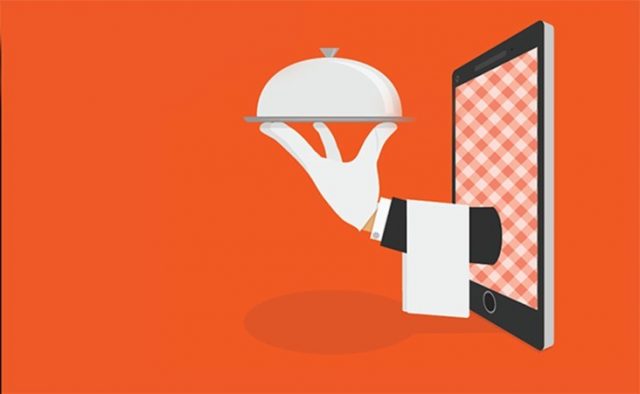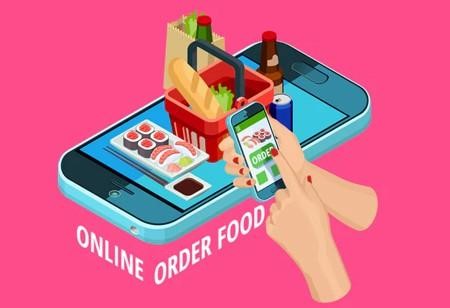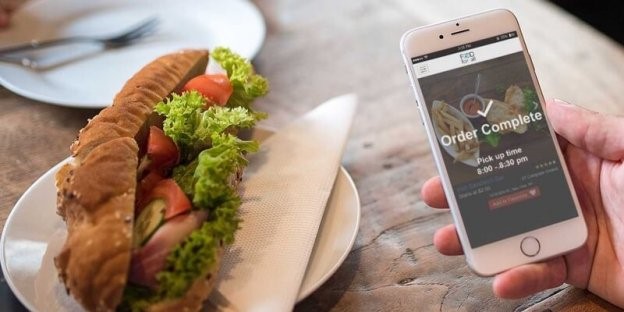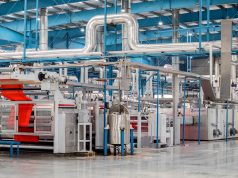
Food delivery is not an entirely new concept. Restaurants have been accepting orders telephonically for a long while now. However, the availability of internet technologies and the prevalence of mobile devices has elevated food delivery services to a whole new level.
Almost every internet user has placed an online order for food at some point in their lives. As a result, it is no surprise that the food delivery industry is expected to touch a whopping $200 billion by 2025.
Given this pull towards this sector, several new and old players are attempting to carve a niche for themselves. This post lists out all the trends that they should bear in mind.
5 Trends That Are Transforming the Food Delivery Industry
Online food delivery has established uniformity, whether you try food delivery Chicago or Los Angeles. But what’s in store for it in the future? Let’s have a look:
1. New and Upcoming Food Ordering Channels
According to an orderTalk survey, even though online food ordering enjoys popularity, several Americans are unhappy about the ordering experience. Interestingly, 55% of users wish for it to be easier to place digital orders for food. One of the biggest reasons for abandoning the order right in the cart is due to the poor app experience.

As a result, the future lies in adapting to these customer demands and streamlining the ordering process. To start with, companies should work on the UI/UX of their application to make it more user-friendly. At the same time, they must also work towards opening other avenues for orders.
For instance, Dominos Pizza started accepting food delivery orders off Twitter. At the same time, meal delivery through virtual assistants, chatbots, digital assistants (like Alexa), and smart devices is gradually gaining traction.
2. Technology in Food Delivery
Food ordering experience is not the only thing that is diversifying. Technology has also opened the floodgates of employing robots, self-driven cars, parachutes, and drones. Eliminating human labor in food delivery systems has resulted in restaurants managing to cut down on delivery times and operational costs.

Cutting-edge technology in the form of drones can bypass traffic lights and congestion to get the food delivered in the minimal possible time. Additionally, such a delivery approach can be yet another way to attract and entertain customers.
Apart from meal delivery, technology plays a crucial role in making the food delivery process as efficient as possible. Restaurants or food delivery applications can harness the power of Big Data to collect and analyze a wealth of information related to:
- Traffic conditions
- Customer purchase history
- Items present in the cart
- Reviews or feedback posted either in the app or on social media
- Customer engagement on social media, etc.
Accessing this data allows you to deliver piping hot food, target your clients, monitor food conditions, and respond to customer feedback. A personalized experience will go a long way in building customer loyalty, which is already wearing thin in this industry.
3. The Emergence of New Niches
When it was first launched, food delivery was simple – you add items to your cart, pay for it, the restaurant will prepare your order, and a delivery agent will hand it over at your doorstep. However, the popularity of food delivery has allowed for it to branch out and form specialized niches.
We are already witnessing how certain outlets cater to vegans or organic food eaters. This differentiation will continue in the years to come as it allows companies to stay ahead of the competition. Several apps are emerging that target specific demands and feed into its demand to remain relevant.
For example, food waste apps collect leftovers, unsold food, and grocery items and deliver them to people at discounted rates. Another lucrative market lies in the area of home delivery of pet food. Pet owners are finding it easier to feed their pets home-cooked, healthy, and customizable food.
4. Innovate or Perish
The future of a restaurant may be determined by its ability to adapt to technology and leverage it to stay in the game. The biggest transformation going in this direction of innovation may be seen through the emergence of cloud kitchens (or dark kitchens). These are delivery-only restaurants that require lower capital investment. As a result, they offer food items at lesser and more attractive prices.
Cloud kitchens form tie-ups with third-party delivery service providers. In some cases, the food delivery company owns the cloud kitchen and disperses them under different names. Another trend that one notices is the interception of these platforms in the middle of the food supply chain. Resultantly, these companies stock up on the produce by sourcing it from farmers or producers and distributing the same to restaurants and other meal preparatory outlets.
As it becomes apparent from above, restaurants are taking every possible measure to stay afloat.
5. The Hunger Games Will Continue
When one considers the fact that restaurant and food delivery services have started accepting cryptocurrency in exchange for meals, or that Millennials occupy the largest share of ordering food in, it becomes clear that the online food delivery system is here to stay.
Thus, restaurants that can afford it are working towards building an in-house delivery fleet. On the other hand, even though they have been gaining a lot of flak, third-party delivery agencies will continue to thrive as users prefer a single, unified platform than downloading an app for every restaurant.
Considering this trend, investors are aggressively investing in online food delivery setups, creating a feedback loop for the additional growth of this industry. Established companies are acquiring their smaller counterparts to broaden their presence. Companies outside of this industry, such as automobile and fintech, want an in on the action.
Final Thoughts
With IoT giving birth to modern, smart devices that are perpetually connected to the internet, online food delivery service is abundant. As the competition heats up, customers emerge as the ultimate winners in these transactions. They can now sign up for tasty food available at lower prices, delivered quickly while offering excellent customer experience.













